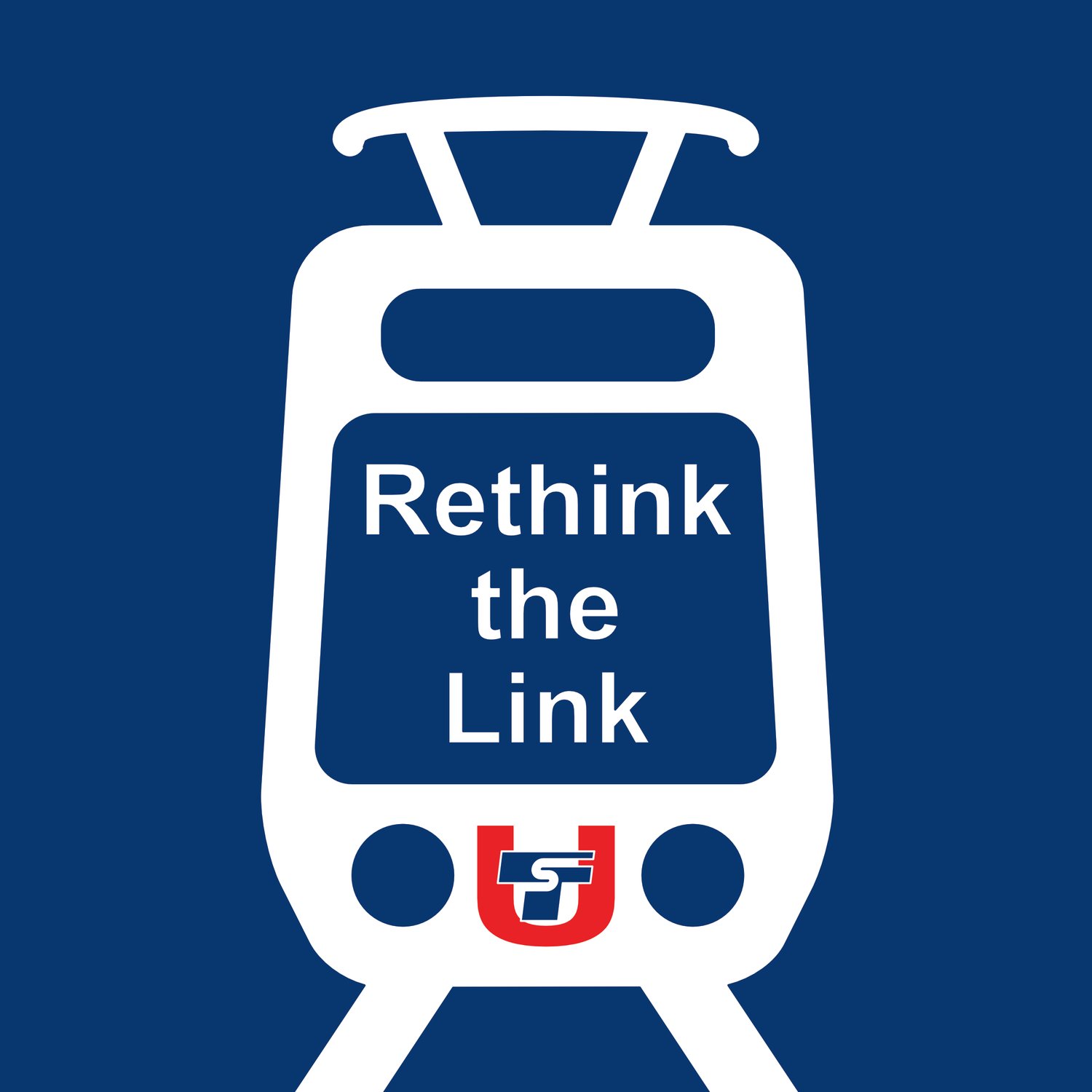WE ARE WEST SEATTLE RESIDENTS CONCERNED ABOUT SOUND TRANSIT’S PROPOSED LINK LIGHT RAIL EXTENSION
More voices on WSLE's soaring costs:
“The Board’s motion shows that Sound Transit is approaching the problem as though it is just about the agency budget, but that narrow view ignores the bigger question raised by the FEIS, which is that despite the extravagant cost the project accomplishes very little.”
The West Seattle Link Extension has gone off the Rails | Washington Policy Center
“While the summary talks about the positive impacts, it misleads the public by not even mentioning any adverse carbon impacts from its construction.”
West Seattle Link and Climate Change | Seattle Transit Blog
Sound Transit expansion continues to be a hot button issue and the co founders of Smarter Transit are calling for a pause on the expansion efforts, despite being big believers in public transit.
Making the case to pause ST3 | Smarter Transit
It's not just us. Other voices on WSLE's soaring costs:
“At this point, it’s unclear where or how Sound Transit can close this funding gap, among the toughest challenges since its founding in the 1990s.”
West Seattle’s light rail estimate soars past $6 billion | The Seattle Times
“The harsh reality is that Sound Transit can’t just absorb cost increases on the magnitude of 40% — let alone the 67% to 77% increase the agency’s new bottom-up accounting method turned up on the West Seattle Link Extension.”
Op-Ed: Sound Transit Should Rethink Light Rail Extensions Beset with Overruns | The Urbanist
“With eye-popping cost increases impacting West Seattle Link, the big question that’s mostly being left unanswered right now is what the state of the larger ST3 program looks like, in particular for West Seattle’s sister project, Ballard Link.”
Sound Transit Board Forges Ahead on West Seattle Link Despite Cost Jumps | The Urbanist
“Sound Transit staff told the Board the more expensive Preferred Alternative would require third party funding, but now they’re assuming Seattle, King County, and Sound Transit will somehow find the funding, which is implausible given the large shortfall.”
Implications of the West Seattle Link Cost | Seattle Transit Blog
“Now that the plans are getting more specific and Sound Transit can do bottoms-up estimates, it turns out that the projects are more complicated, and cost is quite a bit higher.”
Munich vs ST3 | Seattle Transit Blog
Our WSLE alternative Final Environmental Impact Statement (EIS-C)
Sound Transit’s nearly 1000-page West Seattle Link Extension Final Environmental Impact Statement was released September 20, 2024. It does not address most of the concerns raised by the commenters on 2022’s Draft EIS for the West Seattle Ballard Link Extension. They received almost 5,200 comments - from Tribes and Tribal organizations, government agencies, elected officials, businesses and business organizations, community and arts organizations, individual members of the public and regional transit experts.
As a result, several of these regional commenters have assembled an alternative Final EIS (EIS-C) that does address these concerns. It offers less destructive, lower carbon, lower cost transit options and solutions for the concerns generated by Sound Transit's $7 billion+, 4-mile light rail stub and was presented to Chairman Dow Constantine and the Sound Transit Board of Directors on September 26, 2024. Its conclusion calls for the No Build Alternative option and will inform SODO-West Seattle light rail discussions going forward.
The ST3 transportation package that Sound Transit presented to voters in 2016 offered simple criteria for voters to consider:
• improve public transit
• encourage economic development, equity, community-building and social justice
• protect the environment
Since the 2016 ST3 vote, Sound Transit split WSBLE into Ballard (BLE) and West Seattle (WSLE) segments. Its environmental review process has revealed overwhelmingly negative social, economic and environmental impacts. As the West Seattle Link Extension (WSLE) presents significantly more drawbacks than advantages, and does not satisfy the ST3 and DEIS required criteria, it should not be built.
Our alternative Final Environmental Impact Statement Conclusion v5.1 (EIS-C) is linked here.
“This No Build sign means, save billions of dollars for your taxpaying constituents, and deliver what their 2016 ST3 vote promised, better transit.”


